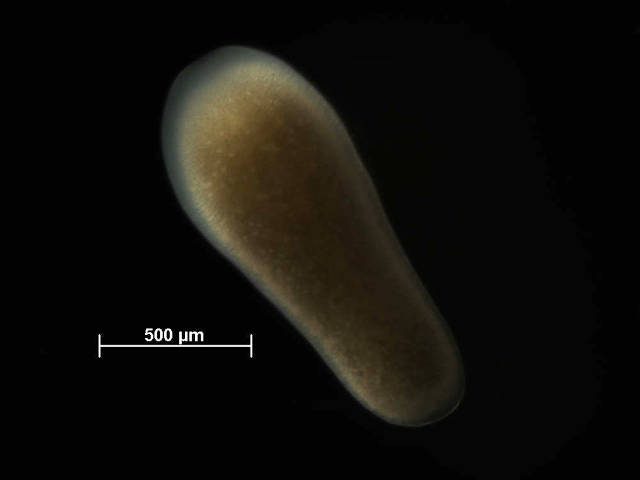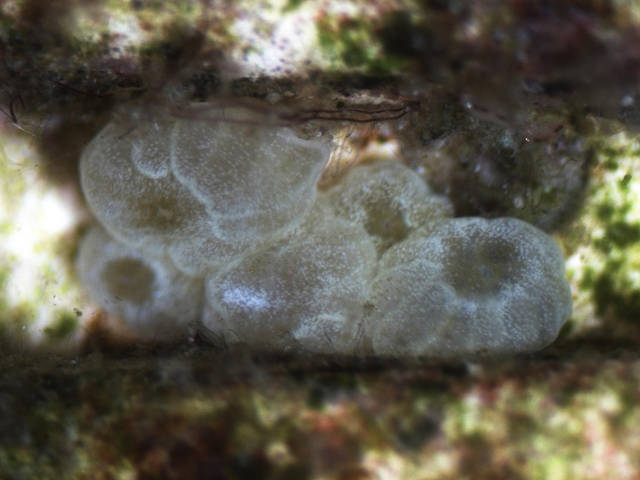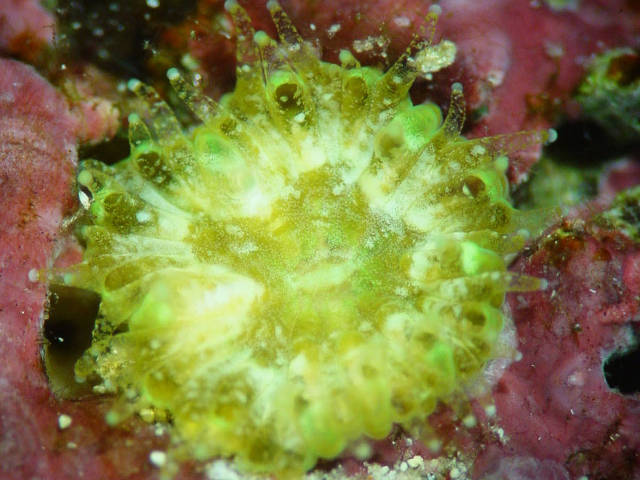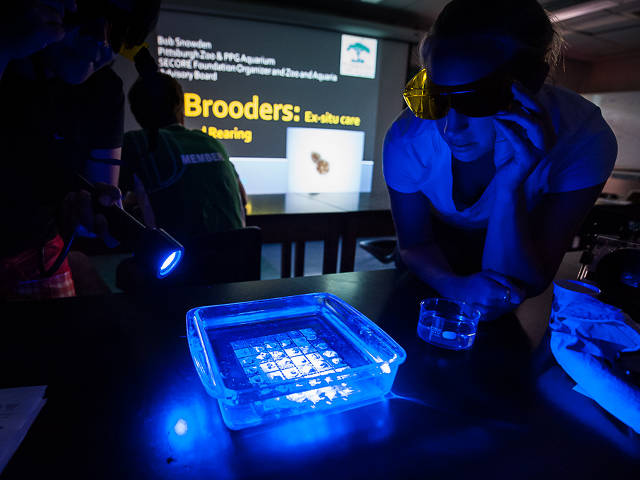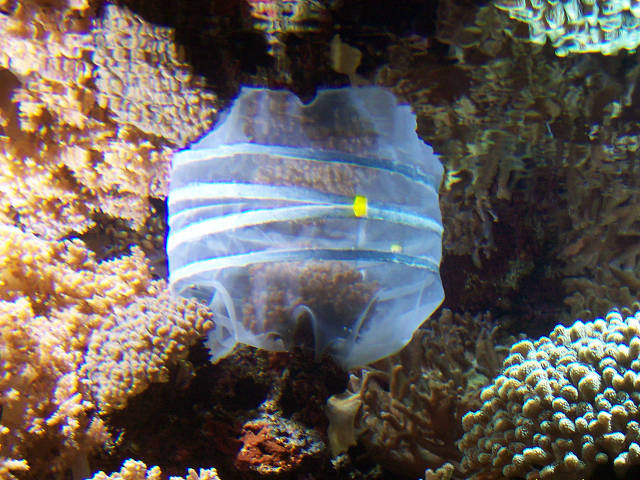Biology
In most brooding species, larvae release is determined by the moon cycle and occurs after sunset. Larvae of brooding species are available for a much longer time period, compared to the annual mass spawning event of broadcast spawners. Brooders usually release relatively few and large larvae that settle right after their release. The larvae typically have a brownish color due to the zooxanthellae that are already present at the larvae's release.
Application
Brooding corals can be cultured in aquariums over long periods of time, and will most likely continue to release larvae. It is therefore not necessary to have field access. Larvae can be collected and cultured under laboratory and aquarium settings. Like coral colonies, coral larvae glow under black light and in this way can be easily detected (Glowing Corals of the Dark).
Today’s coral husbandry techniques enable zoos and aquaria to maintain well functioning coral reef mesocosms. In many instances, brooders spontaneously reproduce and contribute to healthy succession in coral reef aquariums. In addition, recruits of brooding species may be viewed by visitors in aquarium exhibits. They are a fascinating way to raise public awareness about coral reproductive biology and how it is related to conservation. SECORE works together with many aquarium partners such as the Steinhart Aquarium or the Shedd Aquarium.
Larvae collected from brooding coral species are instantly ready for settlement treatments.
Video: larvae of the brooder Agaricia humilis in search for suitable settlement place.
Read more:
- about larval settlement
- about SECORE's work
- check out our Newsroom
- how we are Implementing Restoration
SECORE's mission is to create and share the tools and technologies to sustainably restore coral reefs worldwide.
You can make a difference: your donation is vital for us to continue where we excel - creating the tools to sustainably restore coral reefs around the world.







